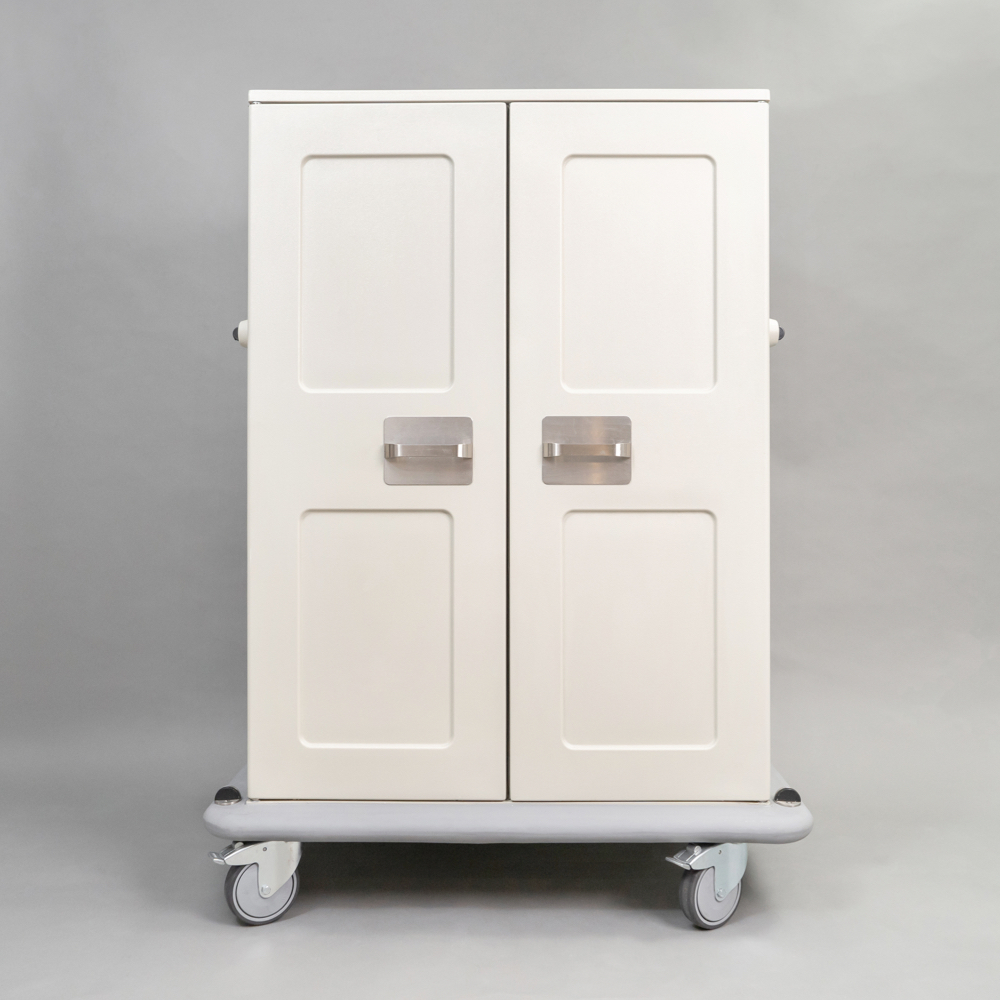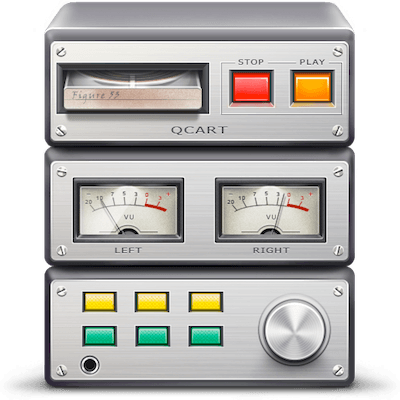

NCT05634785: Phase 2 Study of the Administration of T Lymphocytes Expressing the CD30 Chimeric Antigen Receptor (CAR) for Patients With CD30+ Nonseminomatous Germ Cell Tumors (NSGCT) This is a single center, open-label study aims to determine the safety of escalating doses of chimeric antigen receptor T cells (CAR-T) cells targeting the B7-H3 antigen administered via intraventricular infusion to adult subjects with relapsed or refractory glioblastoma. NCT05366179: Phase 1 Study of Autologous CAR-T Cells Targeting B7-H3 in Recurrent or Refractory GBM CAR.B7-H3Tc Patients who have failed treatment with autologous or allogeneic stem cell transplantation are eligible for this therapy.Īdult Immunotherapy Clinical Trials Relapsed or Refractory Glioblastoma
#Qcart trial trial
This trial studies the efficacy of CAR T cells targeting CD30 in treating patients with relapsed/refractory CD30+ Hodgkin lymphoma or non-Hodgkin lymphoma that expresses CD30.

LCCC1532-ATL: Phase Ib/II Study of the Administration of T lymphocytes Expressing the CD30 Chimeric Antigen Receptor (CAR) for Relapsed/Refractory CD30+ Hodgkin’s Lymphoma and CD30+ Non-Hodgkin’s Lymphoma Relapsed/Refractory CD30+ Hodgkin’s Lymphoma and CD30+ Non-Hodgkin’s Lymphoma Both antibodies and T cells have been used to treat patients with cancers, and both have shown promise, but neither alone has been sufficient to cure most patients.The primary purpose of this study is to determine whether receiving -15 T cells is safe and tolerable in patients with relapsed/refractory neuroblastoma or relapsed/refractory osteosarcoma. This trial combines two different ways of fighting disease: antibodies and T cells.

LCCC1743-ATL: A Phase I Study of Autologous Activated T-Cells Expressing a 2nd Generation GD2 Chimeric Antigen Receptor, IL-15, and iCaspase9 Safety Switch Administered To Patients with Relapsed/Refractory Neuroblastoma or Relapsed/Refractory Osteosarcoma
#Qcart trial skin
Different underlying mechanisms of lidocaine action in nociceptor-deprived skin are discussed.Relapsed/Refractory Neuroblastoma/Relapsed/Refractory Osteosarcoma Patients responded well to topical lidocaine even if the skin was completely deprived of nociceptors. In subset II there is a loss of function of cutaneous C-nociceptors within the allodynic skin. PHN patients differ concerning their cutaneous nociceptor function: In the group I pain is caused by pathologically sensitised nociceptors. Patients with preserved and sensitised nociceptors demonstrated no significant pain relief. Subgroup analysis revealed that patients with impairment of nociceptor function had significantly greater pain reduction under lidocaine vs placebo. Lidocaine was efficacious in the entire group of patients. Histamine-induced flare was impaired or abolished. In 12 patients (group II, nociceptor impairment) heat pain thresholds were higher than contralateral. Histamine-induced flare and axon reflex vasodilatation were not different on both sides. Heat pain thresholds were equal or lower than on the contralateral side. Six patients (group I, sensitised nociceptors) had no sensory loss. A controlled study using cutaneous lidocaine (lidocaine 5% patch, IBSA) followed. Within the skin area of maximal pain QST (thermotest) and QCART (histamine iontophoresis and laser Doppler flowmetry) were performed prospectively in 18 PHN patients. The aim of the present investigation was to classify patients according to their predominant peripheral nociceptor function and to compare these data with the results of a controlled study using dermal lidocaine patch. Topical lidocaine is effective in postherpetic neuralgia (PHN).


 0 kommentar(er)
0 kommentar(er)
